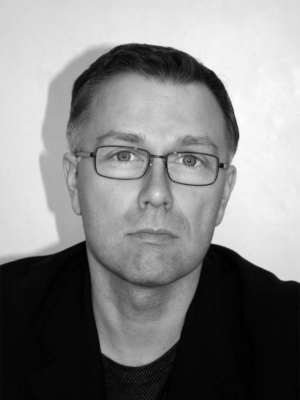LOADING CERAMICS in Estonian Museum of Architecture
CERAMIC DIMENSION at EKA Gallery
Data-driven Spatial Planning – Uncomputed City
Virtual Prototyping with an Application to the Mass-customization of Architecture, Design and Art
Pedestrian Movement Analysis in Tallinn City Centre
Synthetic Modelling of Pedestrian Movement
Providing spatial guidance for the development of human settlement
Involving the Customer in the Process of Designing Energy-efficient Buildings
SPATIAL AGGLOMERATES
COMPUTING CIRCULATION
3D LAB PLATFORM
More info
“Loading Ceramics” presents the results of an international short-term residency of the Estonian Academy of Arts, Faculty of Architecture 3DL and Department of Ceramics, which synthesizes critical spatial thinking with material and parametric additive layering technology.
The focus of collaborative robotic 3D printing of clay is targeted to the re-imagination and re-conceptualization of the ‘pillar’ of architecture – the long historical transformation of the support element is traceable in the built environment both directly in physical form and culturally in collaboration with the developments of other disciplines and technologies. In a simplified form, this quest can be summarized as the problem of minimizing and maximizing: how, in a situation where modern buildings require supporting structures that are as lightweight and easy to manufacture as possible, can we achieve a symbiosis of ideas that brings together all the disciplines involved in a comprehensive compound for this element, directing towards novel results? The aim is to (re)discover the hidden potentials of the (partly forgotten) support system in a contemporary context through experimental ceramic columns and pillars.
The opening of the exhibition will be accompanied by a thematic symposium highlighting the observations of the participating architects, designers, and artists. It will present the results of an international short-term residency of 3DL | Faculty of Architecture and Ceramics Department of the Estonian Academy of Arts, synthesizing critical spatial thinking with material and parametric layering technologies. The symposium will be chaired by Andres Kurg.
The symposium is in English.
The symposium “Keraamika kannab | Loading Ceramics takes place on Tuesday, September 12th at 14:00 on the 1st Floor and the subsequent exhibition opens at 16:00 on the 3rd floor of Estonian Architecture Museum.
Curators: Martin Melioranski, Lauri Kilusk
Co-curator: Varvara Guljajeva
Participants: Varvara Guljajeva and Mar Canet Solà, Raul Kalvo, Lauri Kilusk, Kaiko Kivi, Martin Melioranski, Sasha Serber, Paco Ernest Ulman, Markus Wikar
The exhibition and symposium is supported by Estonian Academy of Arts and Cultural Endowment of Estonia
Contacts
Martin Melioranski
Head of 3D Lab; Master's Thesis Supervisor; Teaching staff, Contemporary Architecture Texts, 3DL Studium: Form Study
+372 6420071
martin.melioranski@artun.ee











